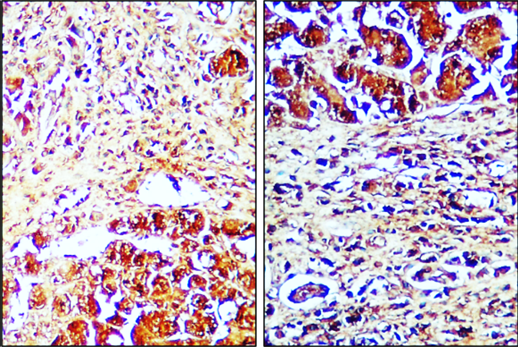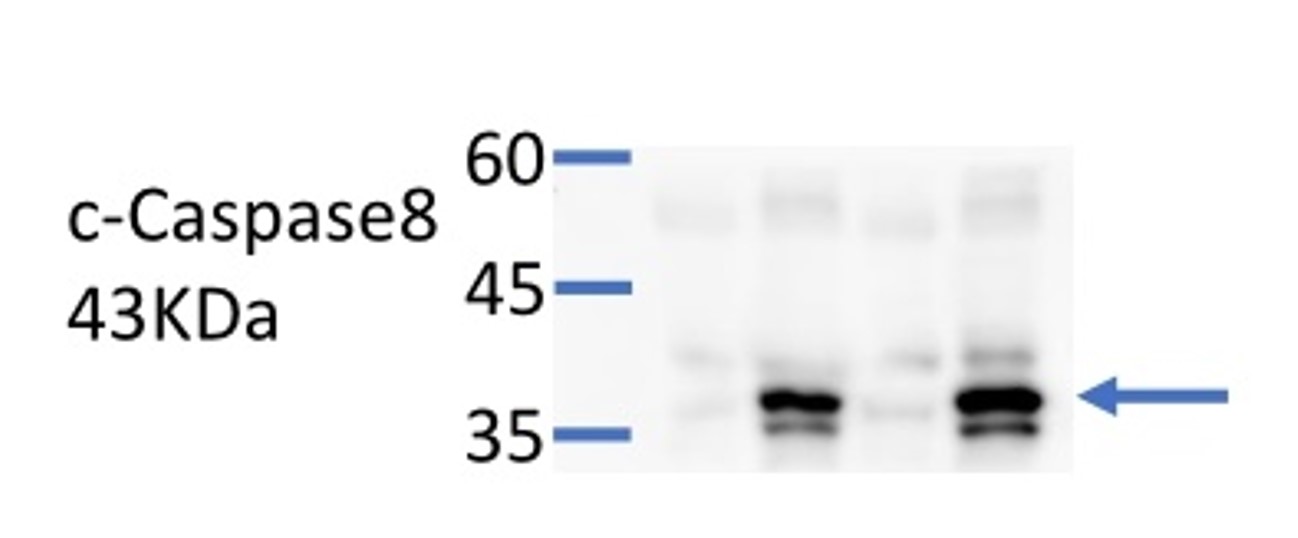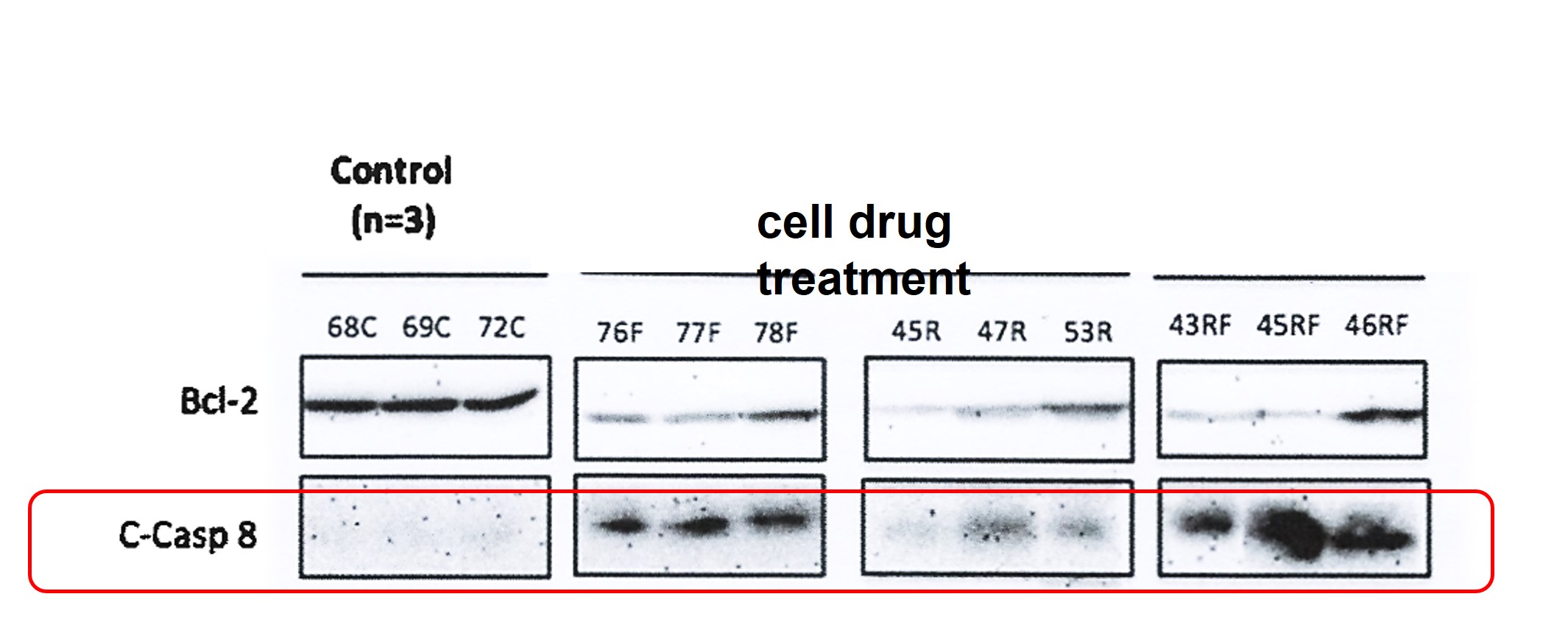



Product Includes
Application Dilution
Immunofluorescence 1:200 – 1:500
Immunohistochemistry (Paraffin) 1:200 – 1:300
Storage
100mM Tris Glycine, 20% Glycerol (pH7). 0.025% ProClin 300 was added as a preservative
Specificity / Sensitivity
Source / Immunogen
This gene encodes a member of the cysteine-aspartic acid protease (caspase) family. Sequential activation of caspases plays a central role in the execution-phase of cell apoptosis. Caspases exist as inactive proenzymes composed of a prodomain, a large protease subunit, and a small protease subunit. Activation of caspases requires proteolytic processing at conserved internal aspartic residues to generate a heterodimeric enzyme consisting of the large and small subunits. This protein is involved in the programmed cell death induced by Fas and various apoptotic stimuli. The N-terminal FADD-like death effector domain of this protein suggests that it may interact with Fas-interacting protein FADD. This protein was detected in the insoluble fraction of the affected brain region from Huntington disease patients but not in those from normal controls, which implicated the role in neurodegenerative diseases. Many alternatively spliced transcript variants encoding different isoforms have been described, although not all variants have had their full-length sequences determined. [provided by RefSeq, Jul 2008]
| Title | |
|---|---|
| 1 |
Application
Reactivity Mouse
|
| 2 |
Application
Reactivity Human
|
| 3 |
Application
Reactivity Human
|
| 4 |
Application
Reactivity Human
|
| 5 |
Application
Reactivity Human
|
| 6 |
Application
Reactivity Human
|
| 7 |
Application
Reactivity Human
|
| 8 |
Application
Reactivity Mouse
|
| 9 |
Application
Reactivity Mouse
|
Reviews


Customer feedback Image
Application : Western blot
Condition / Dilution:1-1000, 3%BSA
Sample : HCT-116 drug treatment
Data from : Taipei Medical University


Customer feedback Image
Application : Western blot
Condition / Dilution :1-1000, 5% milk
Sample : cell drug treatment
Data from : National Chiayi University


Customer feedback Image
Application : Western blot
Condition / Dilution: 1-1000, 3%BSA
Sample : HCT-116 drug treatment
Data from : Taipei Medical University











